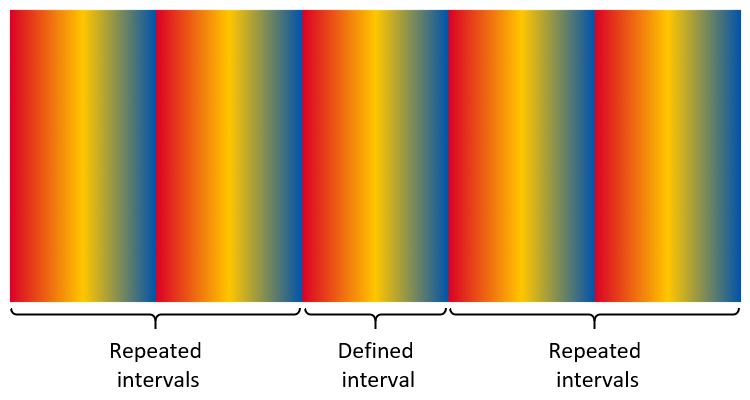Color is a powerful language that speaks to our emotions, influences our perceptions, and shapes our experiences. From the vibrant hues of a sunset to the calming tones of a serene lake, colors have the ability to evoke feelings, convey meaning, and create a visual symphony that captivates our senses. In this exploration of the art and science of color, we delve into the fascinating world where pigments and emotions collide, forming a kaleidoscope of visual wonders.
The Emotional Palette:
Colors have a profound impact on our emotions, and each hue on the spectrum carries its own unique emotional resonance. Red, with its fiery intensity, is often associated with passion and energy, while blue embodies tranquility and depth. Green symbolizes growth and renewal, while yellow radiates warmth and positivity. The emotional palette extends beyond primary colors, with endless shades and combinations contributing to the rich tapestry of human experience.
Cultural Chromatics:
The perception of color is not universal; it is deeply influenced by cultural contexts and societal norms. In some cultures, white is a symbol of purity and innocence, while in others, it signifies mourning. Colors can convey messages and meanings that transcend linguistic barriers, acting as a silent communicator that bridges diverse communities and traditions.
The Psychology of Color:
Psychologists have long studied the psychological impact of color on human behavior. Colors can influence mood, productivity, and even appetite. For example, restaurants often use warm colors like red and orange to stimulate appetite, while hospitals opt for calming blues and greens to create a serene atmosphere. Understanding the psychology of color empowers designers, marketers, and individuals to harness its potential for positive impact.
Color in Art and Design:
Artists throughout history have harnessed the power of color to convey emotions, tell stories, and provoke thought. The Impressionists, with their vibrant and unconventional use of color, sought to capture the fleeting essence of light and atmosphere. Meanwhile, modern designers leverage color theory to create visually appealing and harmonious compositions, considering factors such as contrast, harmony, and color wheel relationships.
The Physics of Pigments:
On the scientific front, the study of color involves delving into the physics of pigments and light. The visible spectrum, ranging from red to violet, corresponds to different wavelengths of light. When light interacts with pigments, certain wavelengths are absorbed, while others are reflected, giving objects their distinct color. This interplay of physics and biology is the foundation of our visual perception of the world around us.
Color Trends and Evolution:
Color trends are ever-evolving, influenced by societal shifts, technological advancements, and cultural movements. The colors that dominate fashion, design, and visual media reflect the spirit of the times. From the earthy tones of the 1970s to the sleek neutrals of the 21st century, the evolution of color trends tells a story of societal preferences and the ever-changing nature of our visual landscape.
Conclusion:
In the symphony of sight, color takes center stage, harmonizing emotions, cultural nuances, and scientific principles. From the canvas of an artist to the screen of a digital designer, the art and science of color weave a tapestry of beauty and meaning that surrounds us every day. As we navigate this vibrant spectrum, let us appreciate the kaleidoscope of emotions that colors bring to our lives, enriching our experiences and connecting us to the diverse and colorful world we inhabit.

